Appearance:
Yellow moong dal is small, oval-shaped, and has a bright yellow color. It is available in various forms, including whole (with skin), split with skin, and split without skin. The split variety is more commonly used in cooking due to its quicker cooking time.
Texture:
When cooked, yellow moong dal becomes soft and creamy, yet it retains its shape well. It doesn’t turn mushy like some other lentils, making it suitable for a variety of dishes, from soups to savory preparations and even desserts.
Flavor:
Yellow moong dal has a mild, slightly sweet flavor with nutty undertones. It’s versatile and can absorb the flavors of spices and seasonings it’s cooked with, making it a favorite in many cuisines.
Nutritional Value:
Yellow moong dal is highly nutritious, packed with protein, fiber, vitamins, and minerals. It’s particularly rich in folate, iron, potassium, and magnesium. It’s also low in fat and calories, making it a healthy addition to a balanced diet.
Usage:
Yellow moong dal is a staple ingredient in Indian, Pakistani, and other South Asian cuisines. It’s commonly used to make dal (a thick lentil stew), khichdi (a one-pot rice and lentil dish), soups, curries, and various savory snacks like fritters (pakoras) and dosas (crepes).
Health Benefits:
Consuming yellow moong dal provides numerous health benefits. It aids in digestion, regulates blood sugar levels, promotes heart health, and supports weight management due to its high protein and fiber content.

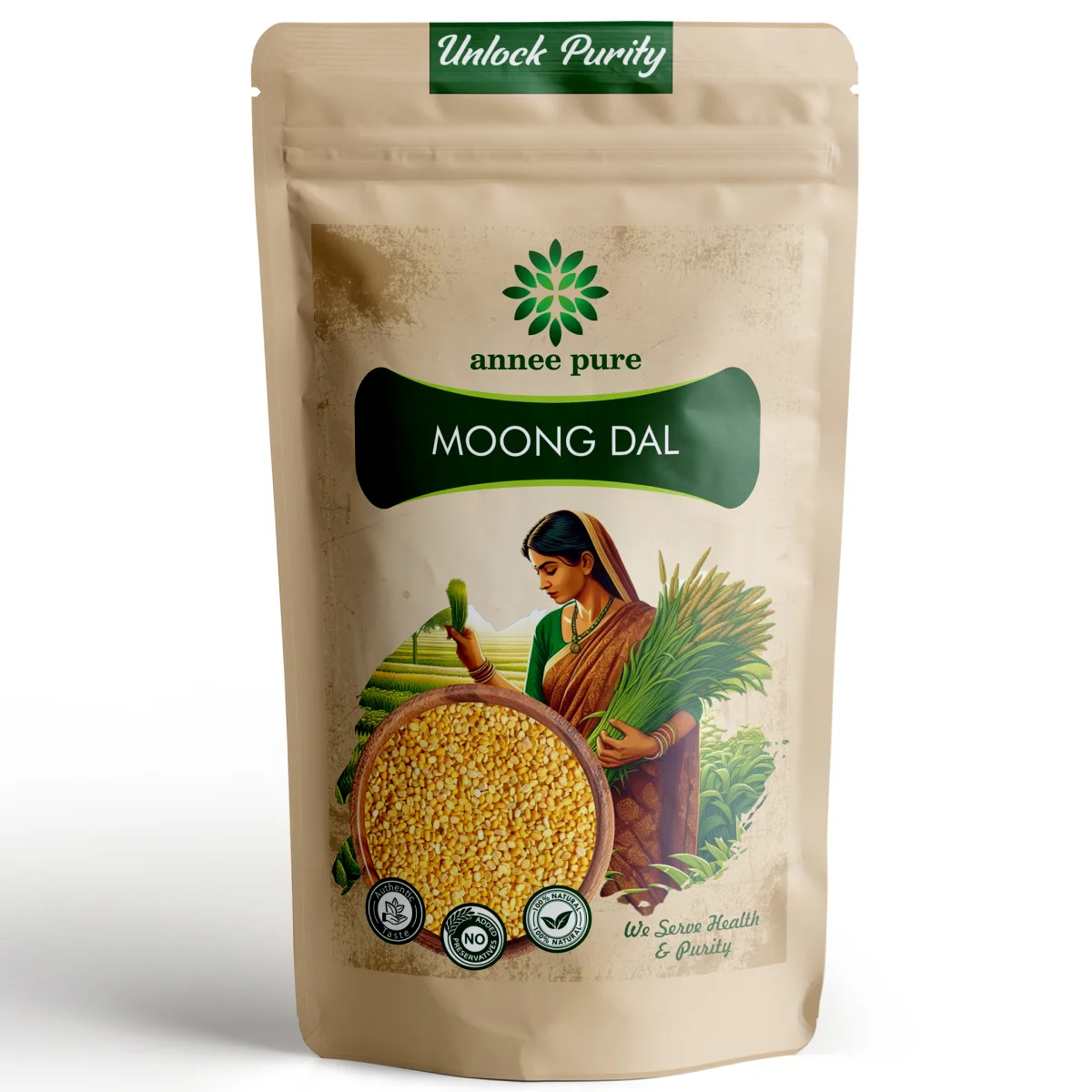
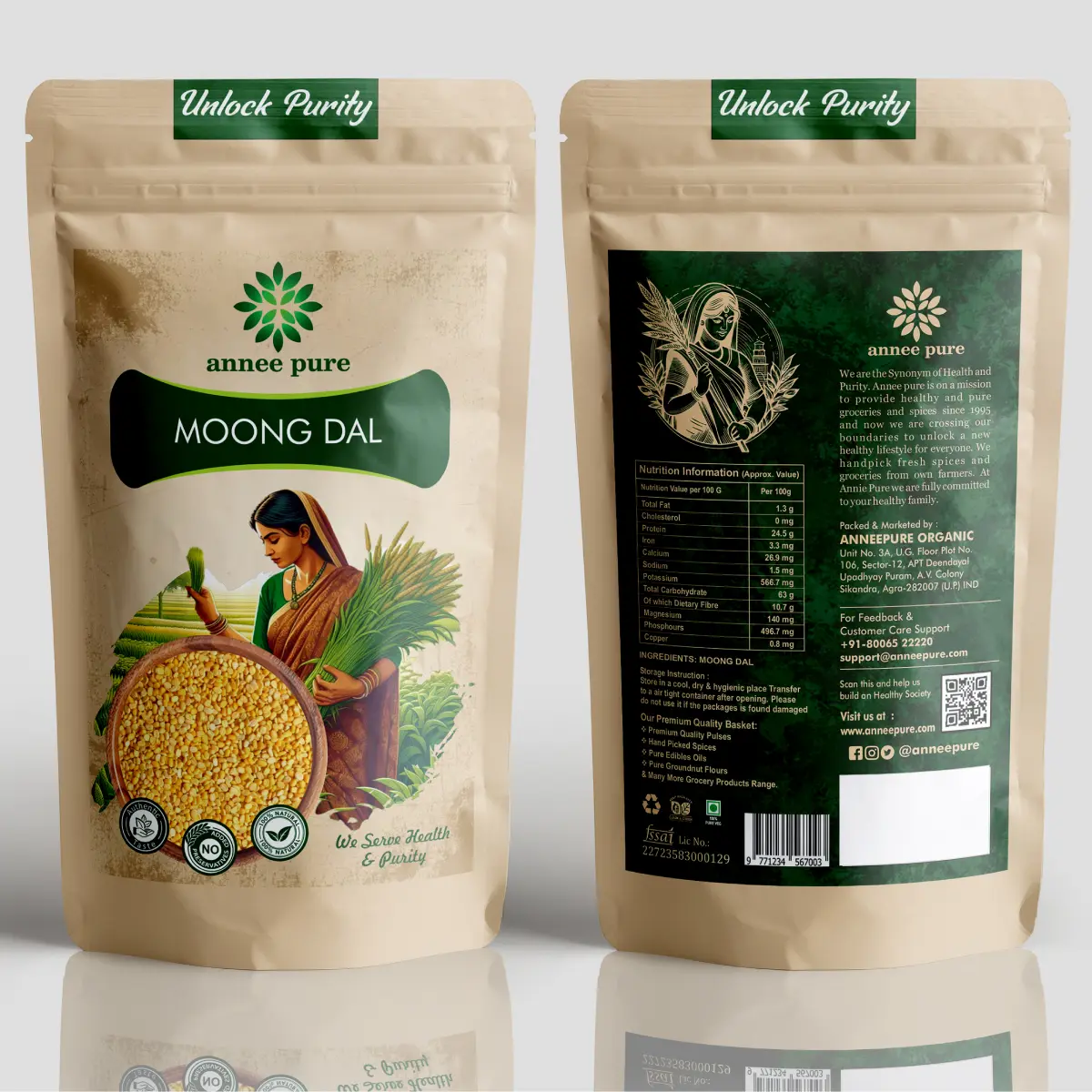




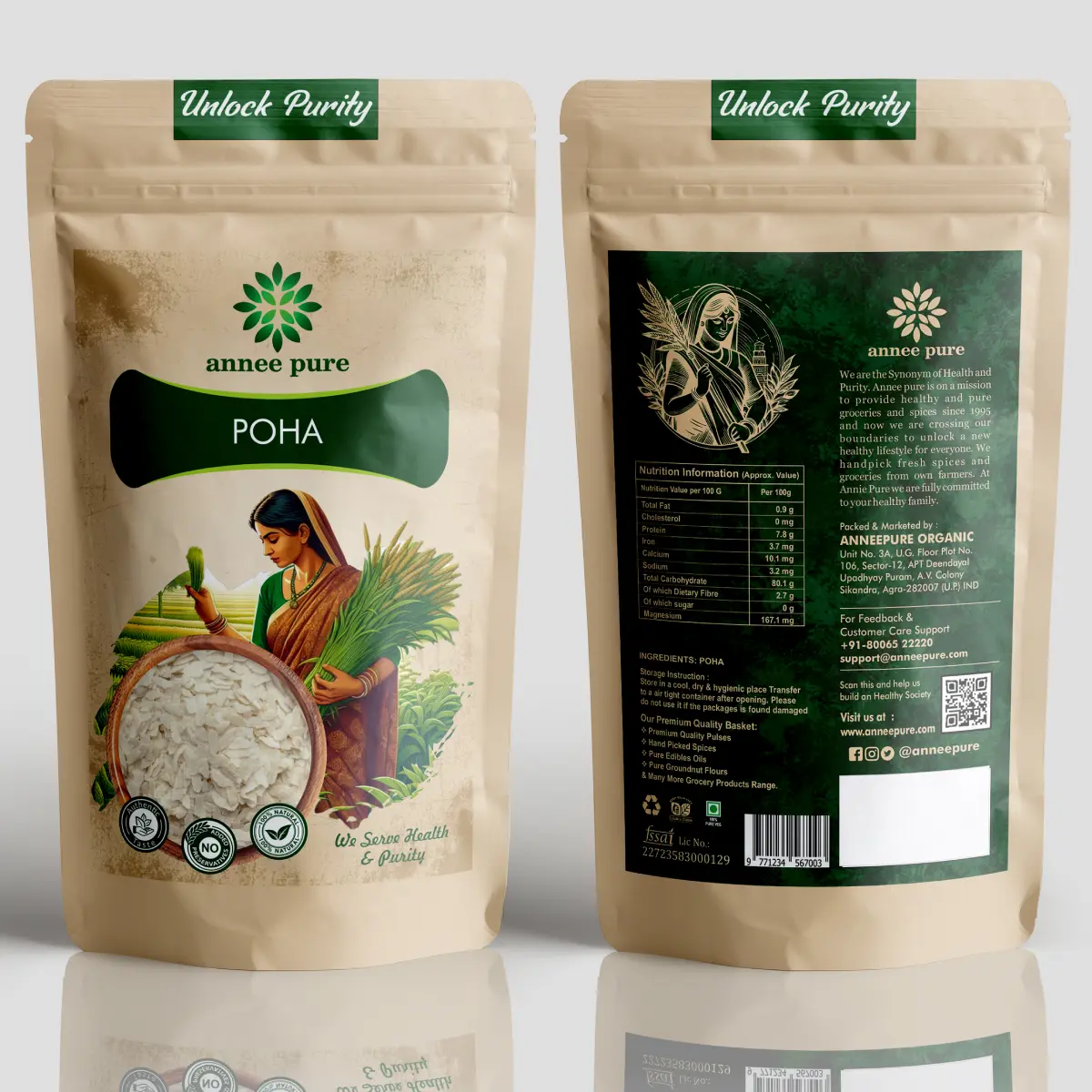
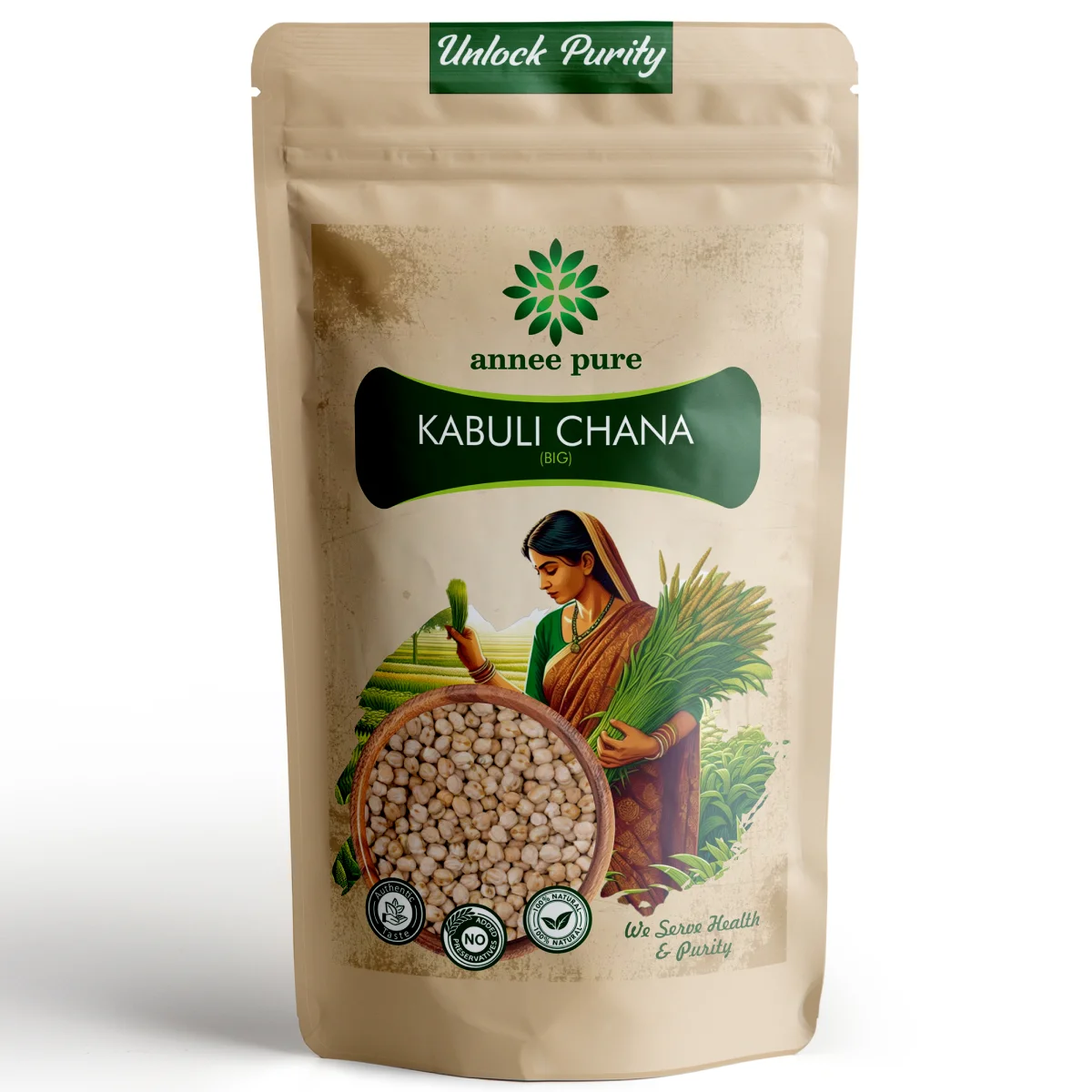
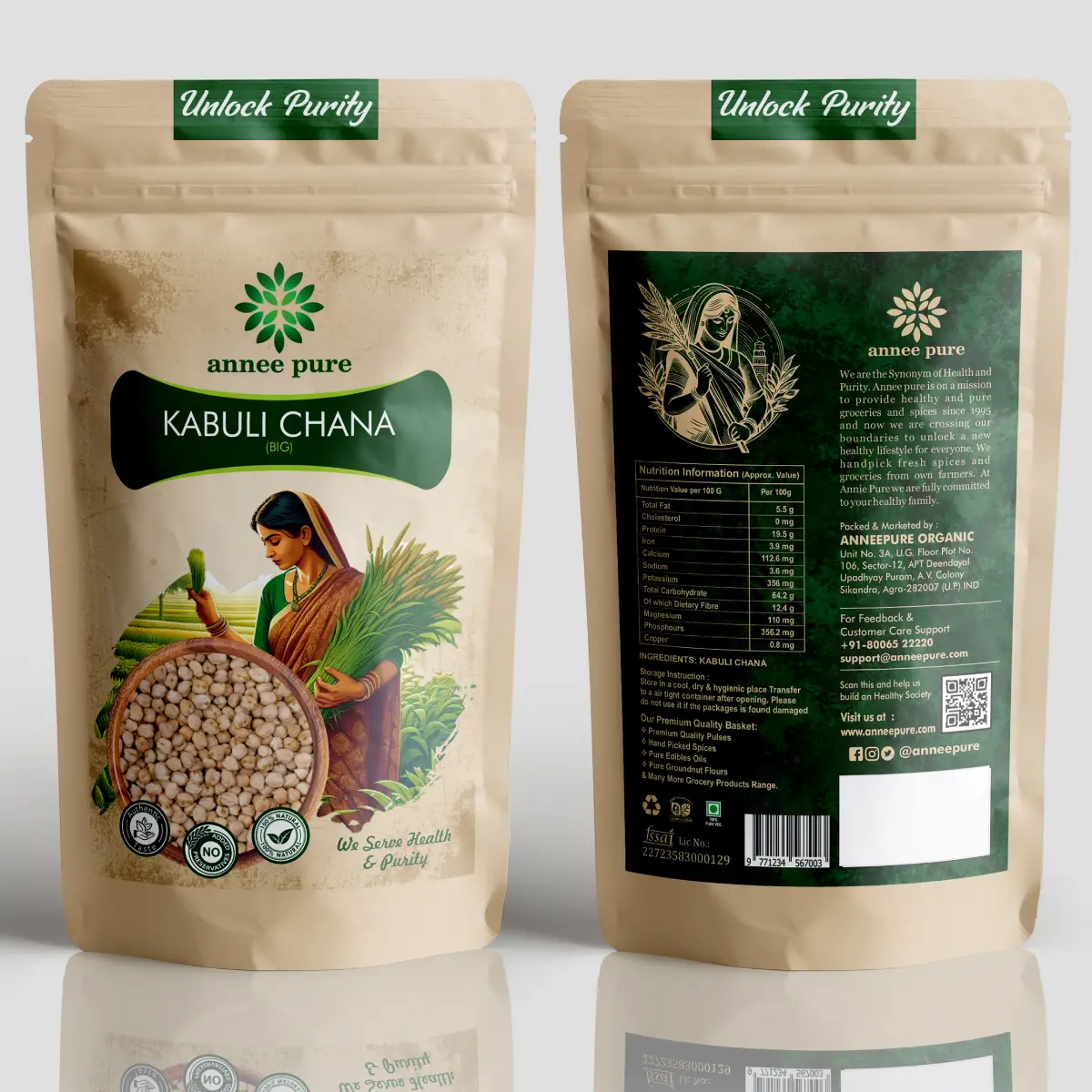

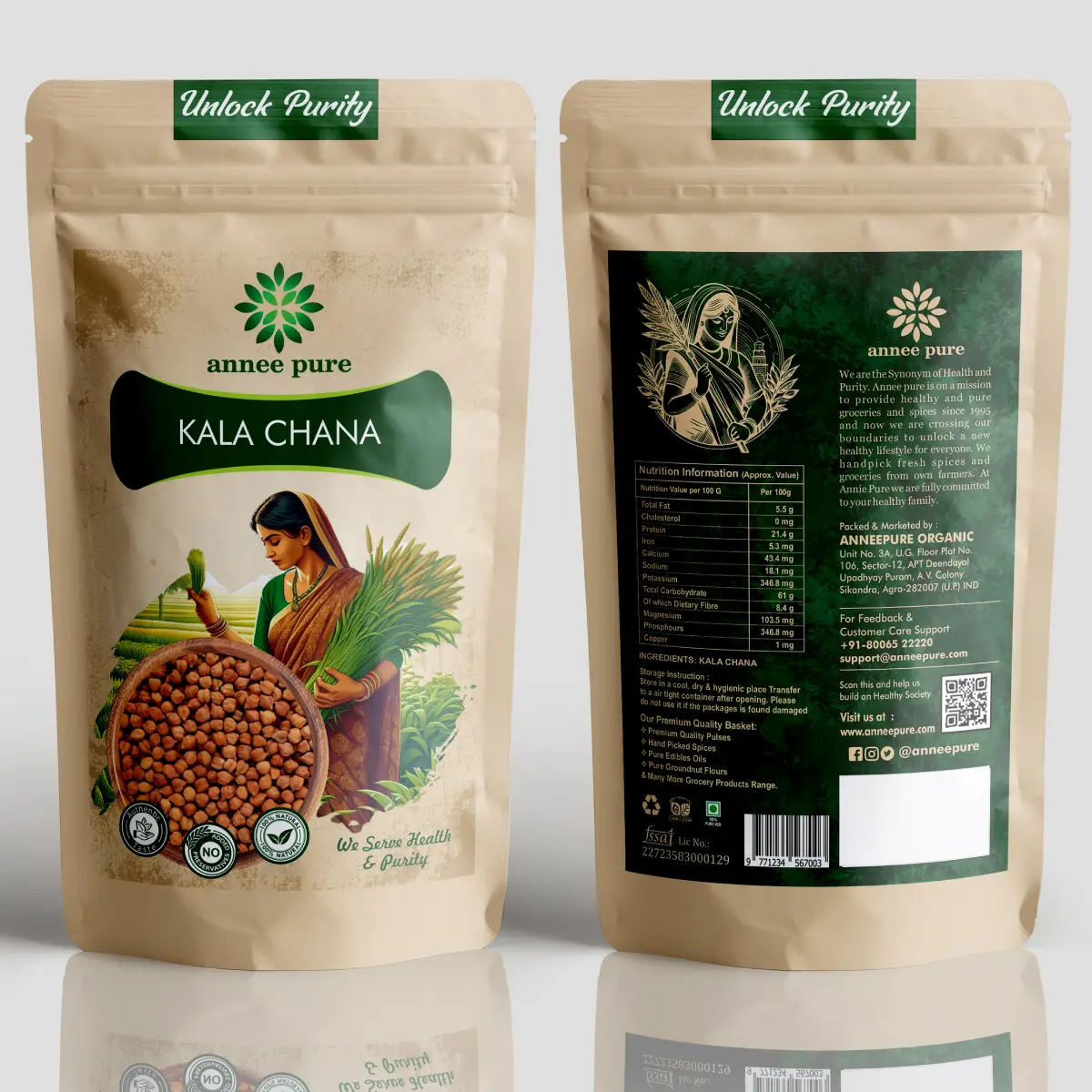



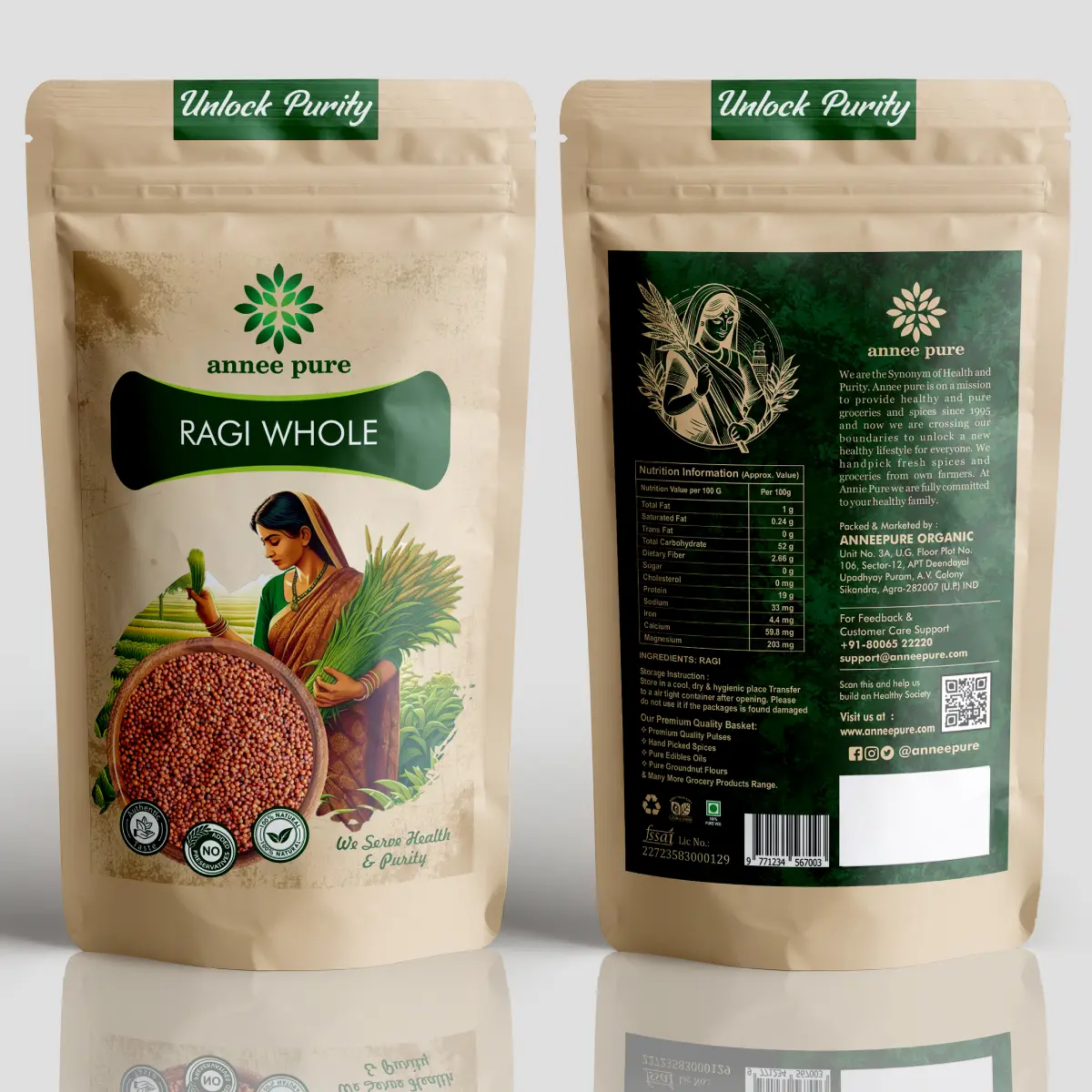

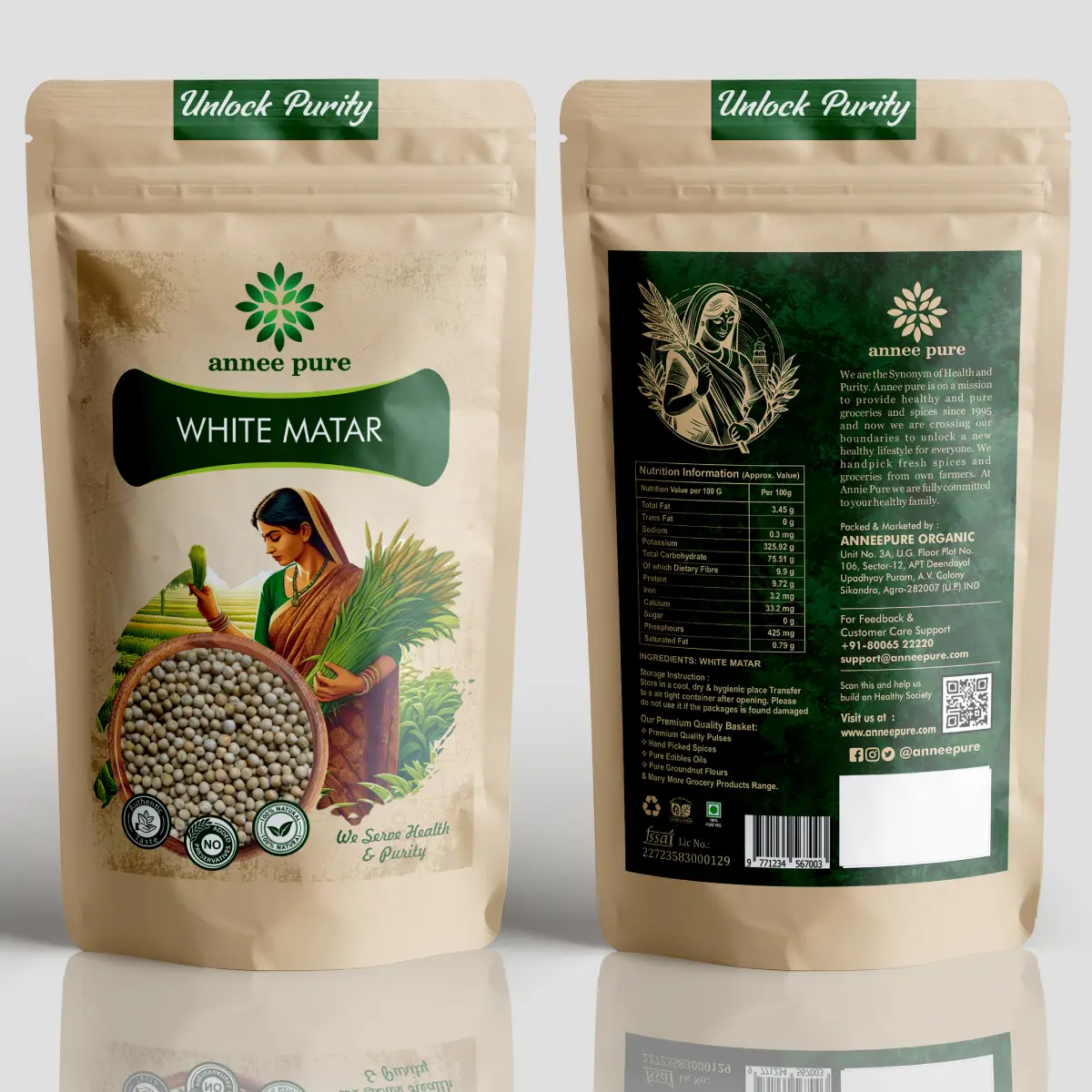


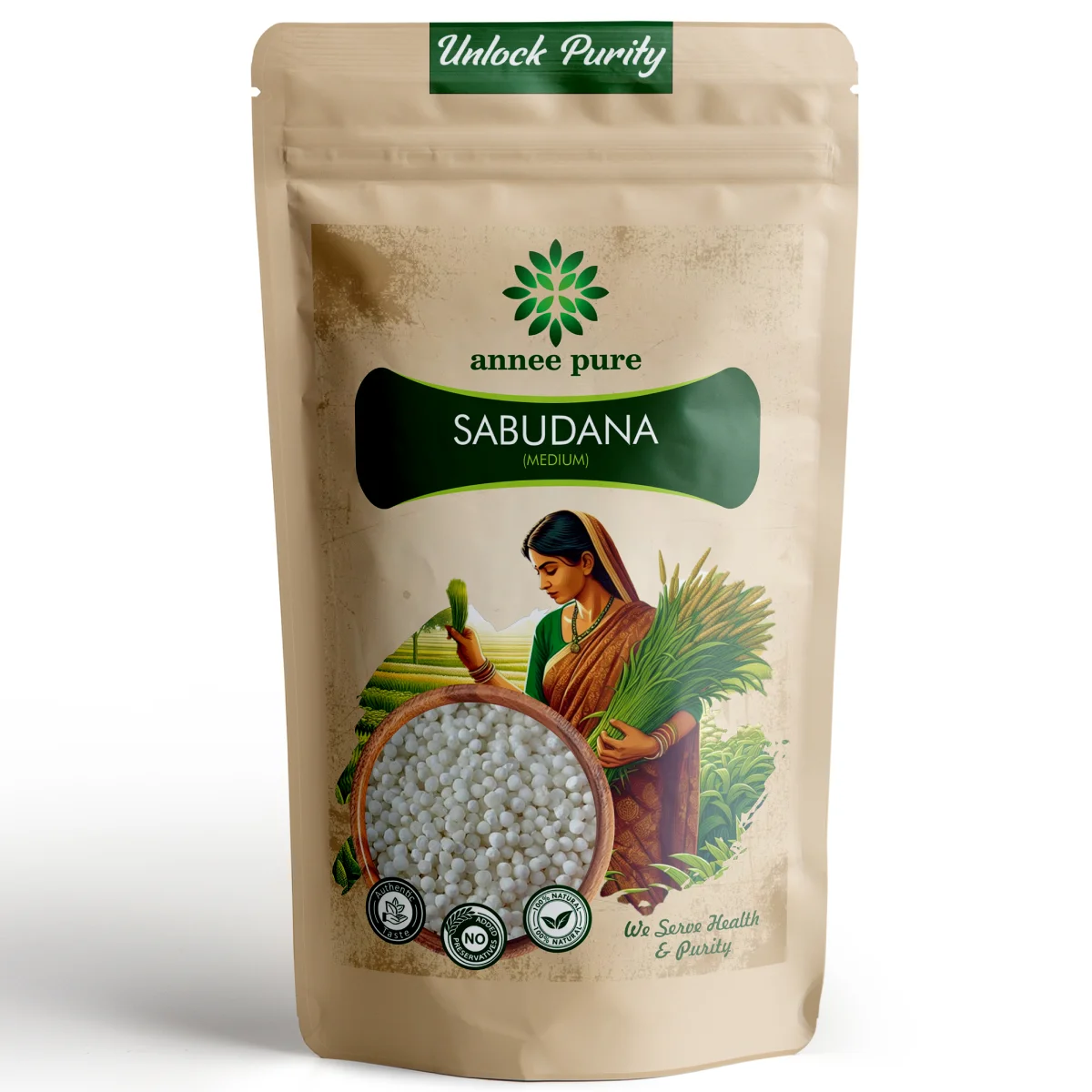
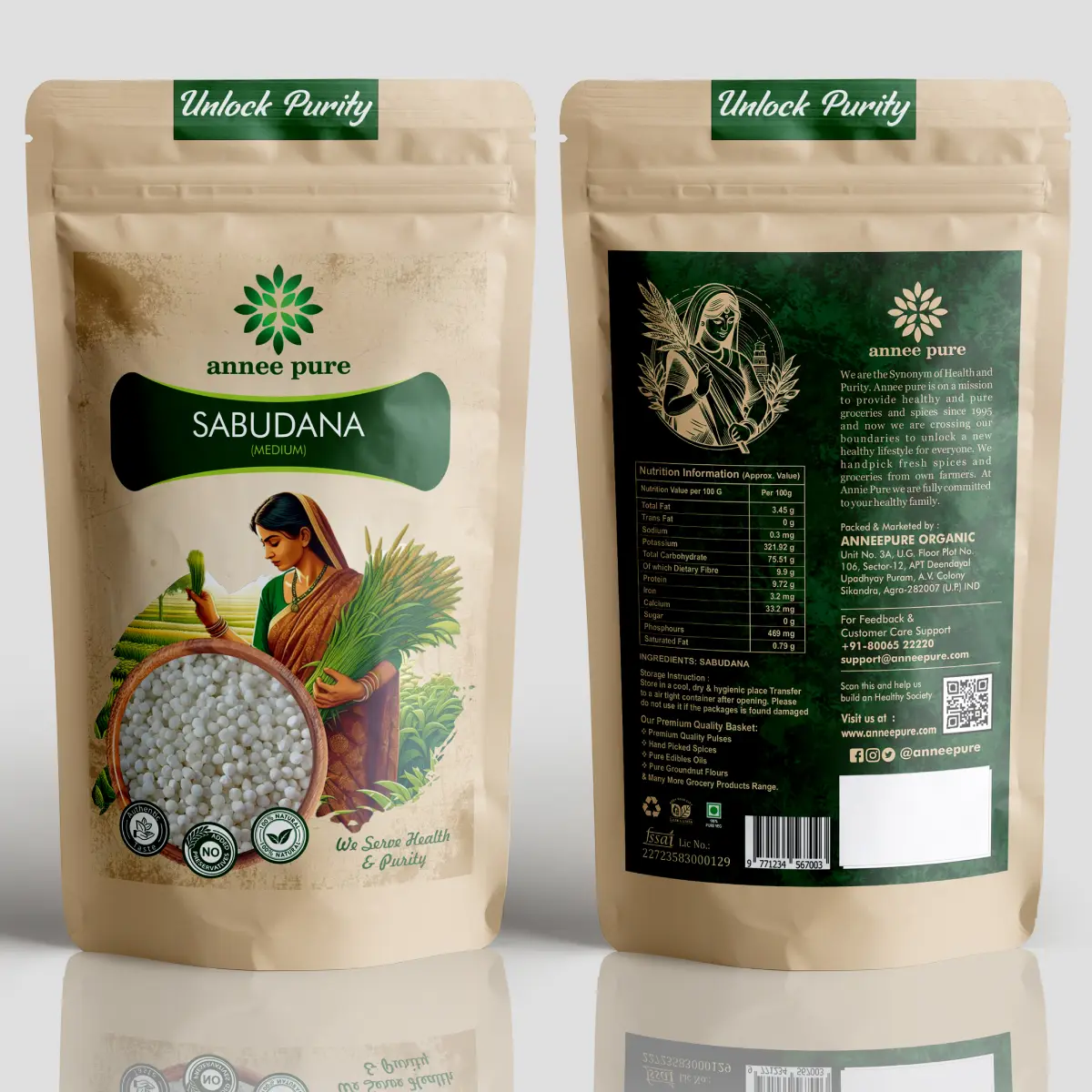

Reviews
There are no reviews yet.